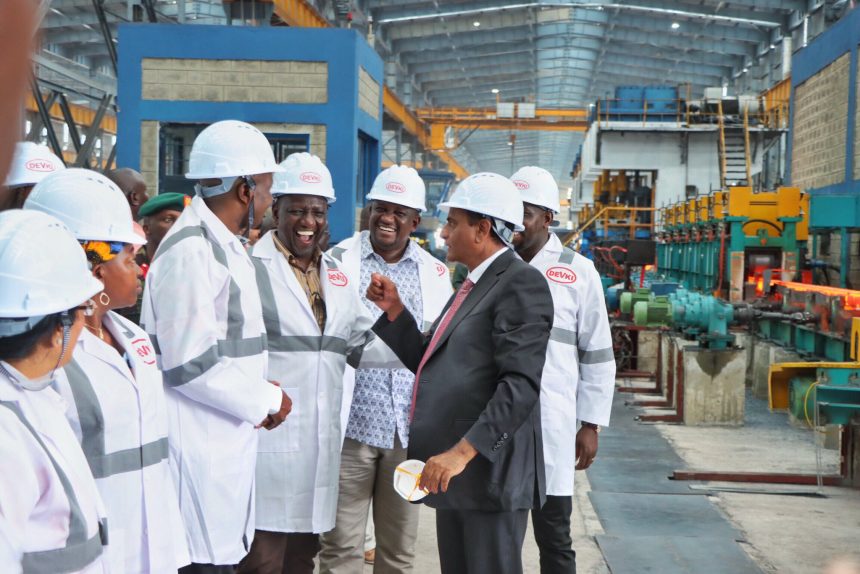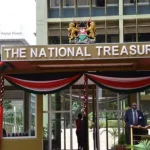Devki Steel Mills Limited (DSML), a subsidiary of family-owned conglomerate Devki Group, plans to set up a Sh260 million wind farm in Samburu county with an output of 60 megawatts (MW).
The wind farm will be located on a parcel of land within the South Samburu group ranch in Kinango off the Mombasa-Nairobi highway. The parcel of land is owned by Devki.
“The electricity to be generated from the wind farm is intended for sale to the national grid as per the feed-in-tariff (FiT) policy for wind,” DSML said in a disclosure seen by Nation.
The company said the proposed wind farm will be built by installing 38 wind turbines to generate electricity for the national grid.
“The design components of the wind farm will include wind turbines complete with all necessary auxiliary facilities, overhead power lines, and access. Electricity generated will be fed to an existing nearby sub-station and power transmission grid within the premises of Devki Steel Mills Limited Samburu plant” Devki said.

“The turbines to be installed will be Vesta V90 each with a capacity of 3MW, pitch regulated upwind wind turbine with active yaw and a three-blade rotor” it added.
Kenya has an installed capacity of 436MW of wind with the Marsabit-based 300MW Lake Turkana Wind Power project being the largest followed by Kipeto Wind Power in Kiserian, Kajiado county with a generation capacity of 100MW.
Power producer KenGen also has a 25MW wind farm located on the Ngong hills on the outskirts of Nairobi.
The government targets to grow its wind energy output as part of a strategy to grow its renewable energy capacity to 100 gigawatts (GW). A white paper published last year by the Energy and Petroleum Ministry shows that wind has the potential to generate 57.1GW, 10 for geothermal and 6 for hydrothermal.
Because wind energy is a viable way to help Kenya achieve its 100percent renewable energy target, the State has a FiT policy that provides for tariffs not exceeding US Cents 11 per kilowatt-hour(kWh)of electricity supplied in bulk to the grind from wind sources.
The FiT for wind energy is lower than the Sh16.60($0.12) for grid-connected solar power. Kenya Power has been pushing for lower rates than those set out in the FiT policy. For the LTWP project, the power purchase agreement set the FiT at Sh13.80($0.10) per kWh for the first six years and Sh11.06 ($0.08) per kWh for the next 14 years.
A wind atlas developed by the Energy and Petroleum Ministry shows that Kenya has a proven wind energy potential in parts of Marsabit, Kajiado, Laikipia, Meru, Nyandarua, Kilifi, Lamu, Isiolo, Turkana, Samburu, Uasin Gishu, Narok, Kiambu Counties among others.
With the rising cost of oil, the exploitation of renewable energy such as wind has become more attractive. Substitution of thermal generation with wind power plants will cut down on the large amounts of foreign exchange required to import fossil fuels for the thermal power plants.
The high upfront costs for wind power generation equipment and high capital investment for transmission lines due to wind power potential areas being far away from the grid and load centres, however, remain concerns.



